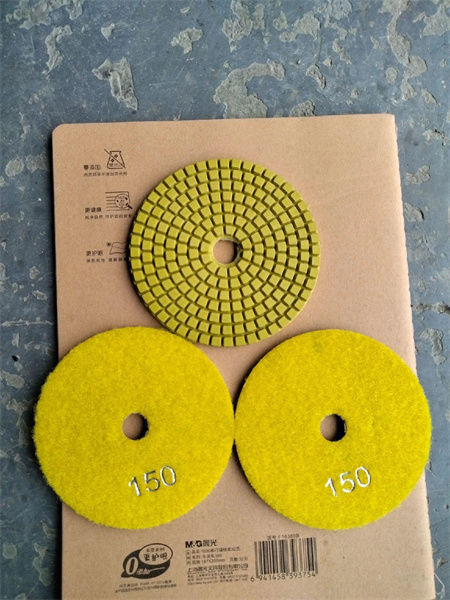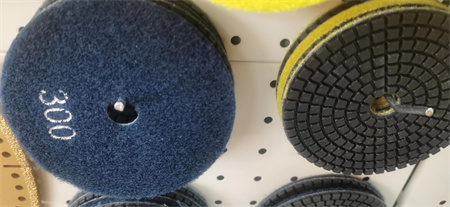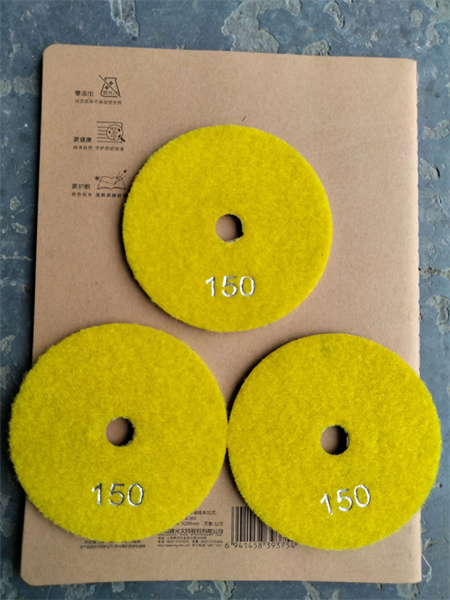Best Practices for Extending the Life of Resin-Bonded Pads
Resin-bonded pads, widely used in various industries for their durability and high performance, play a critical role in ensuring smooth operations and efficient machinery. However, to keep these pads in top shape and extend their lifespan, attention to detail is key. Whether you’re working in manufacturing, automotive, or any other field that relies on these materials, implementing a few best practices can make a significant difference. Let’s explore some key strategies to prolong the life of your resin-bonded pads and enhance their performance.
First and foremost, regular inspection is essential. Over time, resin-bonded pads can wear down, especially under high-stress conditions. By scheduling routine checks, you can catch signs of degradation early. Inspect the surface for cracks, excessive wear, or uneven surfaces, as these are clear indicators that the pad is no longer functioning optimally. A well-timed inspection can help prevent unexpected breakdowns and costly replacements, saving both time and money in the long run.


Maintaining the cleanliness of the pads and their operating environment is equally important. Resin-bonded pads are often used in environments where dust, debris, and contaminants can accumulate. When these particles get trapped in the pad’s surface, they can cause abrasion, reduce efficiency, and accelerate wear. Keeping the pads clean is a straightforward yet effective way to maintain their performance. Depending on the specific use case, cleaning can involve simple wiping or using air pressure to blow out debris from harder-to-reach places. In environments where exposure to harsh chemicals is common, consider using protective coatings or sealants to shield the pads from damage.
In addition to cleanliness, it’s also crucial to monitor load conditions. Overloading resin-bonded pads, whether through excessive weight or continuous heavy-duty use, can quickly accelerate wear. By ensuring that the pads are used within their recommended load limits, you can prevent premature degradation and avoid overstraining the material. If your application requires heavy-duty performance, look into pads specifically designed for higher-load conditions. These specialized pads are engineered to handle more stress without compromising their longevity.

Finally, it’s essential to train staff properly. If you are managing a team that works with resin-bonded pads, make sure they are well-versed in proper handling techniques. Even seemingly minor mistakes, like improper storage or incorrect installation, can drastically reduce the lifespan of the pads. Providing training ensures that everyone involved understands the importance of maintenance practices and can help identify early warning signs of wear and tear. A well-informed team is an invaluable asset in preserving the longevity of your equipment.
Extending the life of resin-bonded pads requires a combination of proactive care, proper handling, and consistent maintenance. By following these best practices, you not only improve the performance and efficiency of your equipment but also reduce overall costs and downtime. Remember, these pads play a crucial role in keeping operations smooth and efficient, so taking the time to care for them properly will pay off in the long run.
